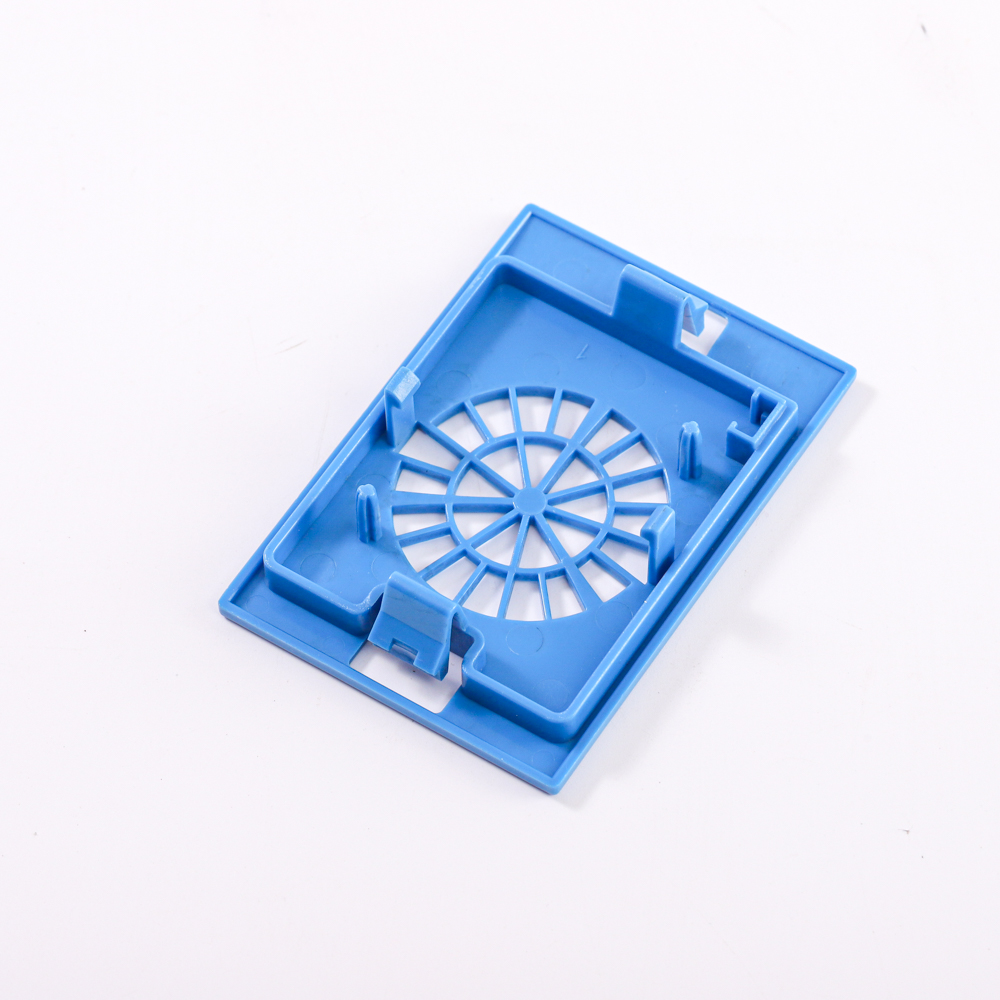On December 9, Nissan announced that it would recall approximately 470,000 SUVs and cars worldwide, as these vehicles may experience oil spills.
According to the documents submitted by Nissan to the National Highway Traffic Safety Administration, this recall involves vehicles from 2012 to 2015. All of the above vehicles adopt the direct injection technology of in-cylinder fuel. The hydraulic pressure sensor is insufficiently tightened during the production process, which may cause oil leakage under high temperature and vibration conditions, increasing the risk of fire.
Of the recalled vehicles, 233,000 are in Japan, 143,000 are in North America, 22,500 are in Europe, and 71,500 are in the Middle East, China, Latin America, Africa and other markets.
A Nissan spokesperson said that no reports of accidents leading to car accidents or casualties have been received.
Models recalled in the US market include the 2012 to 2014 Nissan Juke mini SUV, the 2012 to 2013 Infiniti M56, the Infiniti QX56, and the 2014 to 2015 Infiniti Q70 and QX80. Nissan Serena, Qijun, Tida, Pulsar and Patrol are also recalled in other markets.
Nissan will inform the owner from the end of November this year that the dealer will replace the fuel sensor if necessary.
Water-assisted injection molding: Water-assisted injection molding technology is an advanced injection molding process in which part of the melt is injected into the mold cavity and high-pressure water is injected into the melt through the equipment to finally shape the workpiece.
Due to the incompressibility of water, the water front creates a solid interface, squeezing the inner wall of the product into a cavity, and the water front also acts as a rapid cooling. Therefore, the water supplement has many advantages over the gas supplement. Research and application show that the water supplement can produce thinner and more uniform cavity wall, and the inner surface of the flow channel is very smooth. Especially for thick wall workpiece, the cooling time can be greatly reduced compared with gas auxiliary.
 High gloss injection molding: Highlights the basic process of injection molding is prior to injection molding, through the use of high temperature and high pressure steam will mould surface rapidly warming, the forming die cavity surface temperature of resin plastic glass transition temperature (Tg) above, then the plasticizing good plastic melt into the closed mold cavity, the injection stage, mold temperature by high temperature and high pressure steam remains the same, When the injection is finished, the air supply is stopped, and the water vapor in the pipe is blown clean by air pressure of the air pipe. After that, the cooling water is injected to make the mold temperature drop rapidly until the mold is cooled and the product is removed by opening the mold
High gloss injection molding: Highlights the basic process of injection molding is prior to injection molding, through the use of high temperature and high pressure steam will mould surface rapidly warming, the forming die cavity surface temperature of resin plastic glass transition temperature (Tg) above, then the plasticizing good plastic melt into the closed mold cavity, the injection stage, mold temperature by high temperature and high pressure steam remains the same, When the injection is finished, the air supply is stopped, and the water vapor in the pipe is blown clean by air pressure of the air pipe. After that, the cooling water is injected to make the mold temperature drop rapidly until the mold is cooled and the product is removed by opening the mold
Plastic Parts,Electronic Plastic Parts,Circuit Board Plastic Parts,Injection Molded Plastic Parts
Suzhou Dongye Precision Molding Co.,Ltd. , https://www.dongyeinjectionmolding.com